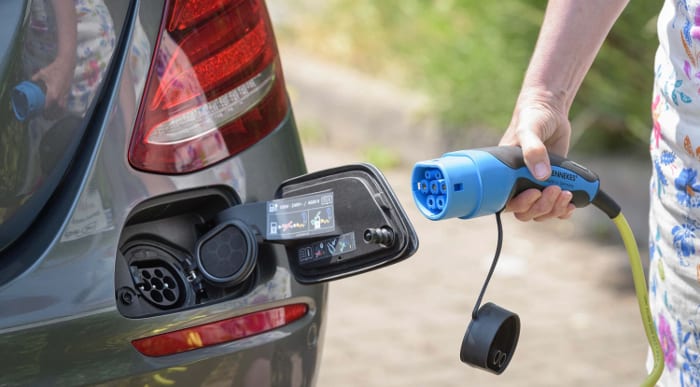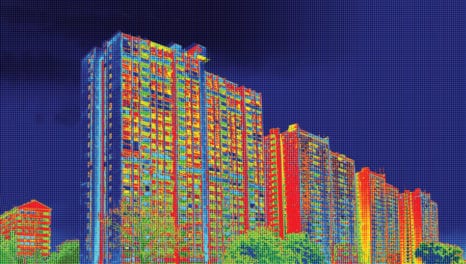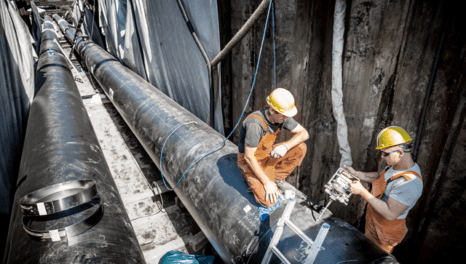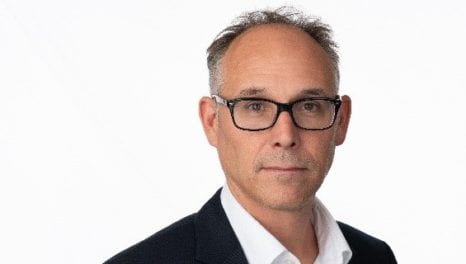Networks move to speed up EV rollout
Britain's local electricity networks have launched new reforms that will cut the paperwork required for connecting electric vehicles to the grid, the Energy Networks Association (ENA) has announced.
5th February 2019 by Networks

Electricity networks hope that the move will help super-charge Britain’s EV roll-out, after a recent House of Commons inquiry highlighted the need to ensure that a lack of EV charge points did not act as a barrier to the uptake of vehicles. Recent National Grid projections show that the number of EVs on our roads could reach up to 10.6 million by 2030.
The reforms announced by distribution network operators (DNOs) will enable more mass installations by charge point installers by introducing a new, standardised process for all types of properties and businesses, including, for the first time, commercial properties. It comes as a range of industry stakeholders gather at the first ever combined ENA-Ofgem EV Forum in London, with a second Forum being held in Glasgow later this month.
The changes also cover the process for connecting heat pumps to local networks, ensuring that the public have access to the latest low-carbon means of heating their homes. Charge point and heat pump installers have previously had to use a range of different forms and requirements from different grid operators around the country to notify them of new installations being connected.
The move will mean that EV charge point and heat pump installers will also be able to use the same process to connect new installations, simplifying the process further still, with heat pump installers in particular seeing a major reduction in the amount of paperwork they have to complete.
Once launched, further reforms will be developed to digitalise the process and make use of new technologies such as facial recognition, to make the process easier and more seamless for customers. ENA will be consulting with the stakeholders to understand the best way to do this.
ENA chief executive David Smith said: “We want to help super-charge Britain’s EV rollout. By finding new ways to cut the amount of paperwork, we are making it easier and quicker for EV charge points to connect to the network, helping the public make the switch to cleaner, greener transportation. At the same time, we want to ensure that they can access the latest low-carbon heating technologies, such as heat pumps, as easily as possible, to keep their homes warm throughout the year.
“Smart technology and data are vital to ensuring that network companies run the system in a more efficient and capable way. But to do that we need to know where and when charge points and heat pumps are being installed so we can manage the system in the most reliable, flexible way possible. The changes announced will make it easier for installers to provide that information whilst helping network operators fulfil their responsibilities to the public.”
Comments
Login on register to comment
Related content

Heat
Electric storage heating – a Cinderella solution
Why has electric storage heating been overlooked as we seek to tackle decarbonising domestic heat?

Heat
Prospects bright for landmark East London Heat Network
New Vattenfall-Cory partnership marks step towards record-breaking heat network capable of serving over 10,000 homes

Heat
New construction director at Switch2 Energy
Appointee brings experience from Vattenfall and Eon
Related supplier content
![‘Learning by doing’ on the road to net zero [test product]](https://networksonline.s3.amazonaws.com/products/images/3.jpg)
People & Skills
‘Learning by doing’ on the road to net zero [test product]
DSO director Andrew Roper discusses 'Learning by doing'

Power
Load patterns and lockdown: how Covid-19 is impacting electricity networks
Insights into dynamics on the low voltage network as the outbreak unfolds

Downloads
Protect electrical equipment from insulation failure
Insulation faults are a major cause leading to the eventual failure of electrical equipment. Partial discharge (PD) is a very reliable indicator of developing insulation faults. Regular PD testing allows users to detect and analyze PD activity